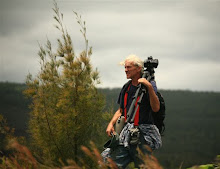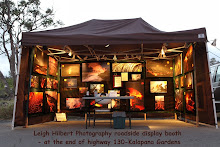Kilauea Volcano: Both big
active craters in Hawaii Volcanoes National Park continue to erupt.
The photo above was taken
along the Halema`uma`u Crater rim near the Jaggar Museum November 22nd
The sky was beginning to
clear a little after a few days of voggy & rainy conditions.
Below is a photo taken last
night and has notes on it explaining what is in the scene: Click on any of these images to open into a larger view mode.
U.S.
Geological Survey (USGS) and the Hawaiian Volcanoes Observatory historical lava
flow map; updated November 21st, 2013:
This
lava flow is being informally called Kahauale`a 2 by HVO staff, and has been
slowly advancing northeast for about six months. The ocean entry lava began
shutting down late August 2013 and has not returned thus thrusting all surface
lava into the present flow front.
And
above, a broader view showing the nearest homes and communities, Note that the community of Glenwood and the southwestern corner of Hawaiian Acres are about three-miles from the flow front, those areas are on higher elevation than the active lava. But downslope, the southeastern sections of Hawaiian
Acres and Pahoa town are just a little over five and a half miles from the most active leading tip of this surface flow.
No
one can predict whether the Kahauale`a 2 will continue this advancement for
months to come and threaten communities and highways, cease tomorrow or rip
open a new fissure and go somewhere else … History shows that only one thing
that seems rather constant is the Hawaiian Island chain continues to grow and
Pele is in charge.
Another shot from the other night of Halema`umu`u Crater,
Aloha
Leigh
Aloha
Leigh















Your map is very clear. Thanks for sharing useful information. Professional Website Design Company Bangalore
ReplyDeleteHi Leigh,
ReplyDeleteWe have been trying to find the best spot to watch the PuuOo activity these days. The view from the trail of Napau crater was amazing, what are the best options to see the east side of that volcano? we couldn't find the kalapana gardens..it seems very difficult to come close to the lava flow, no guide seems to know the path...
Thanks!
There is no easy or legal access to that remote flow field at this time Aurelie. It is possible to hike there but difficult. It can be very smoky and hot if you did get close to the lava breakouts, and you would want a respirator, lots of water, food, some overnight gear and navigational aids... .
ReplyDelete... But if we wait a few months this flow front might be accessible from highway 130 near Pahoa!